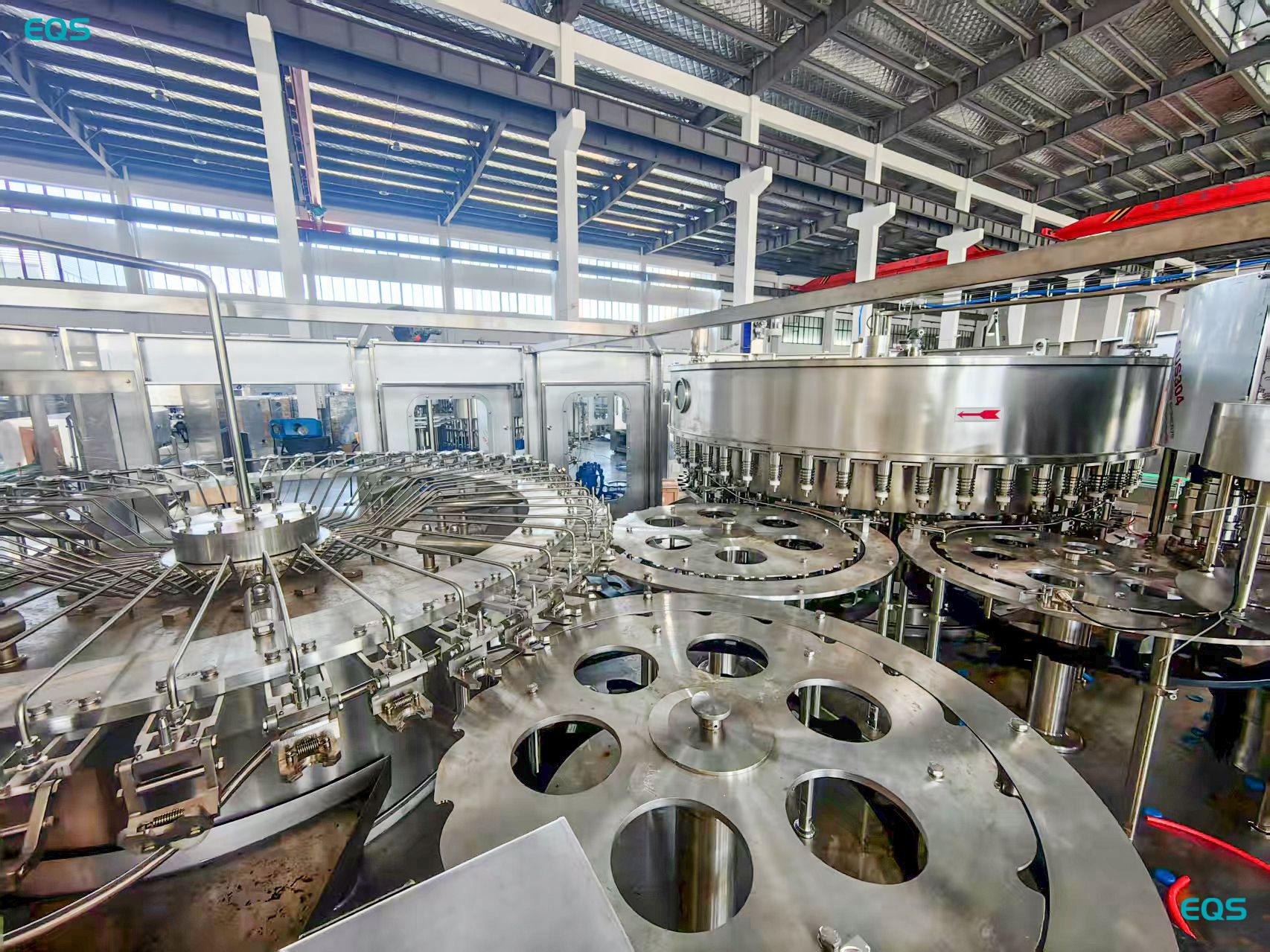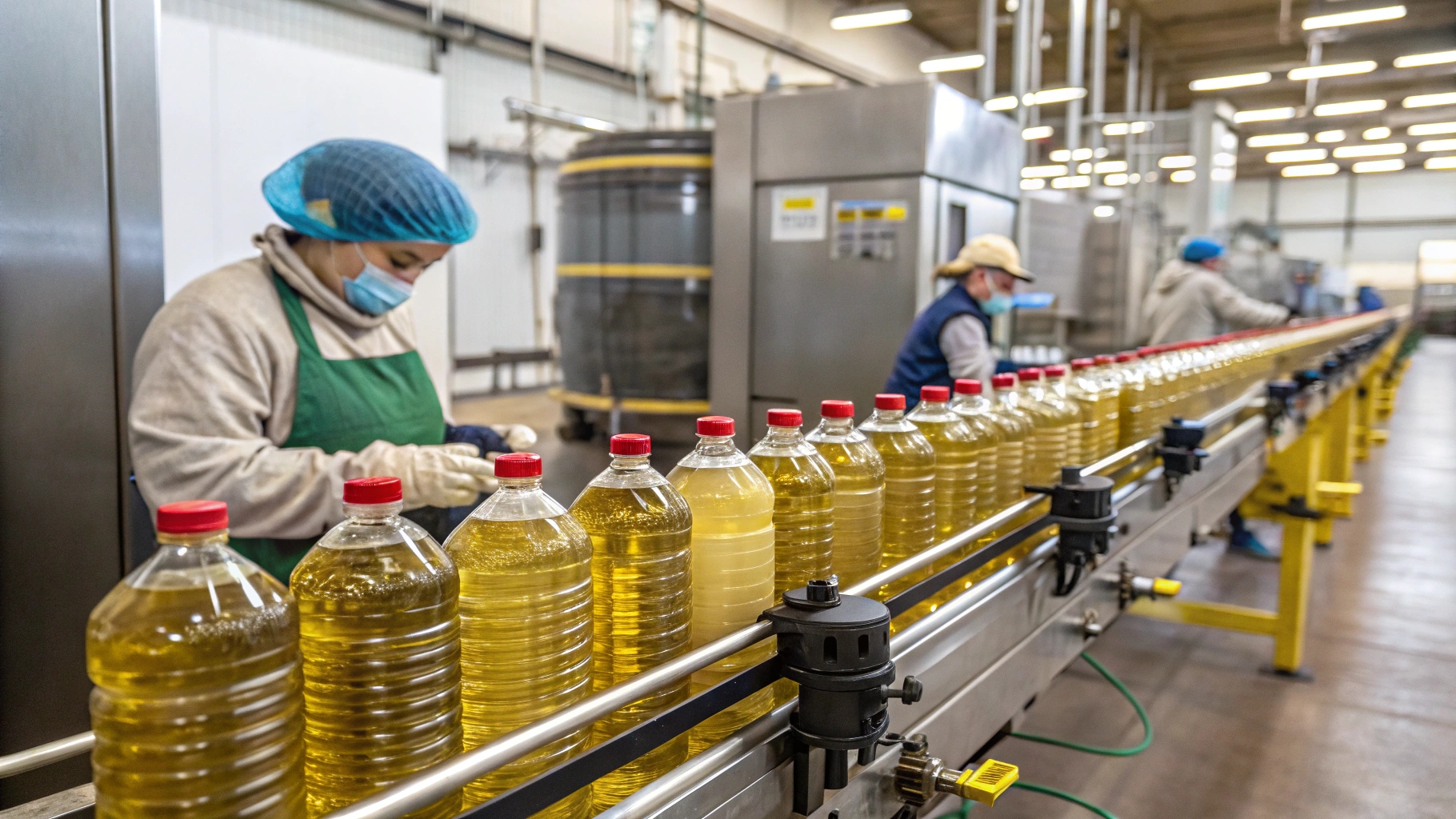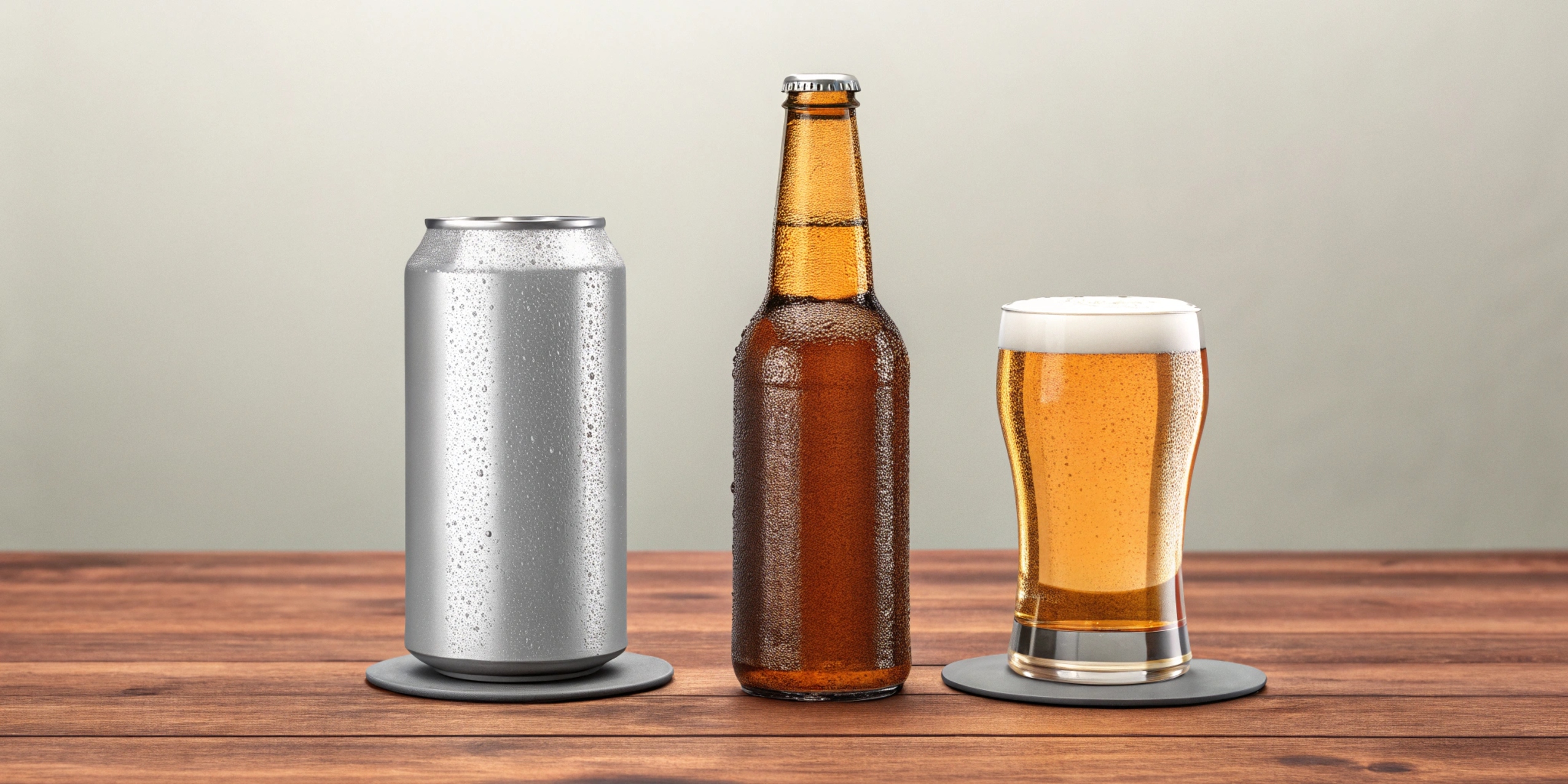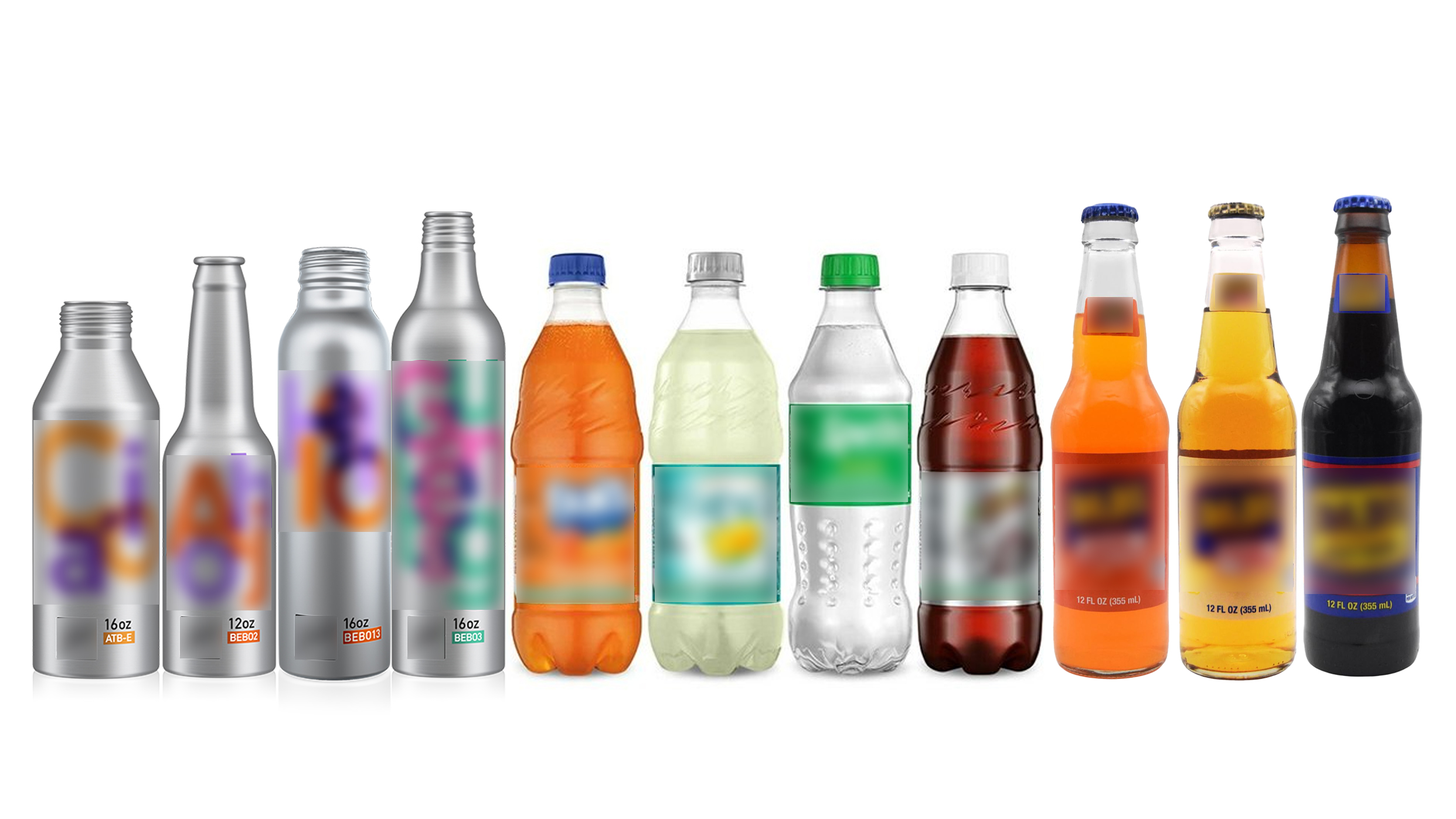Why is it Important to Cool Milk After Pasteurization?
leading paragraph:
Ever wondered what happens after milk gets pasteurized? Cooling is key!
snippet paragraph:
Cooling milk quickly after pasteurization is crucial. It prevents the growth of any heat-resistant bacteria that might have survived and inhibits reactions that could negatively impact the milk's flavor and quality.
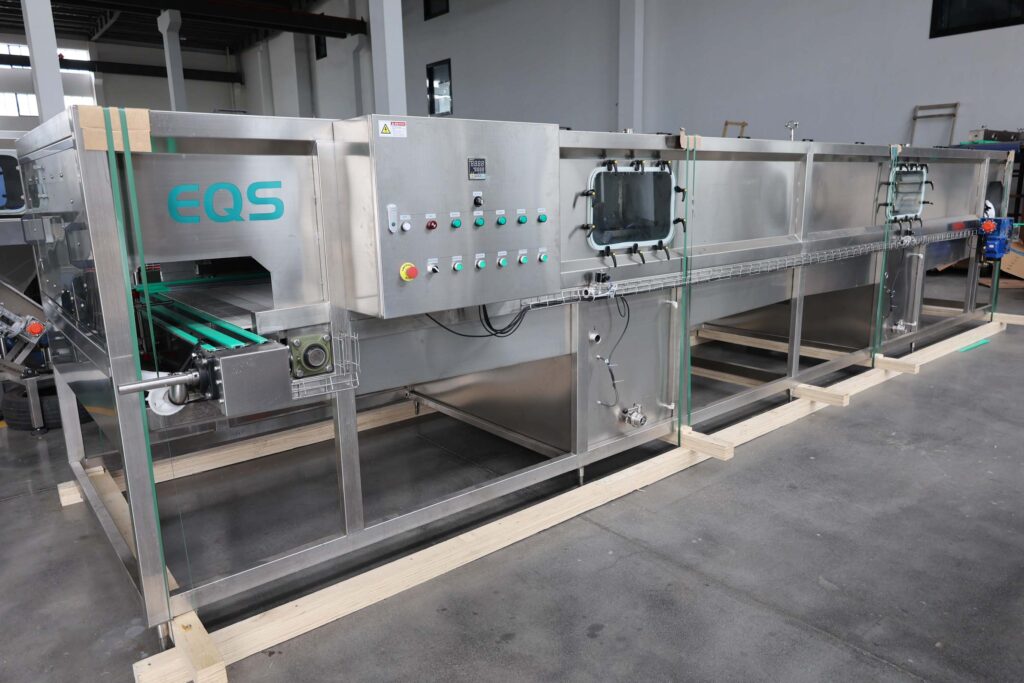
Transition Paragraph:
Let's explore why this cooling process is so important for that refreshing taste and safety!
Why is Milk Cooled After Pasteurization?
leading paragraph:
What's the big deal about cooling milk post-pasteurization?
snippet paragraph:
Milk is cooled after pasteurization to stop any remaining bacteria from growing and to prevent changes in flavor. This ensures the milk stays fresh and safe for consumption.
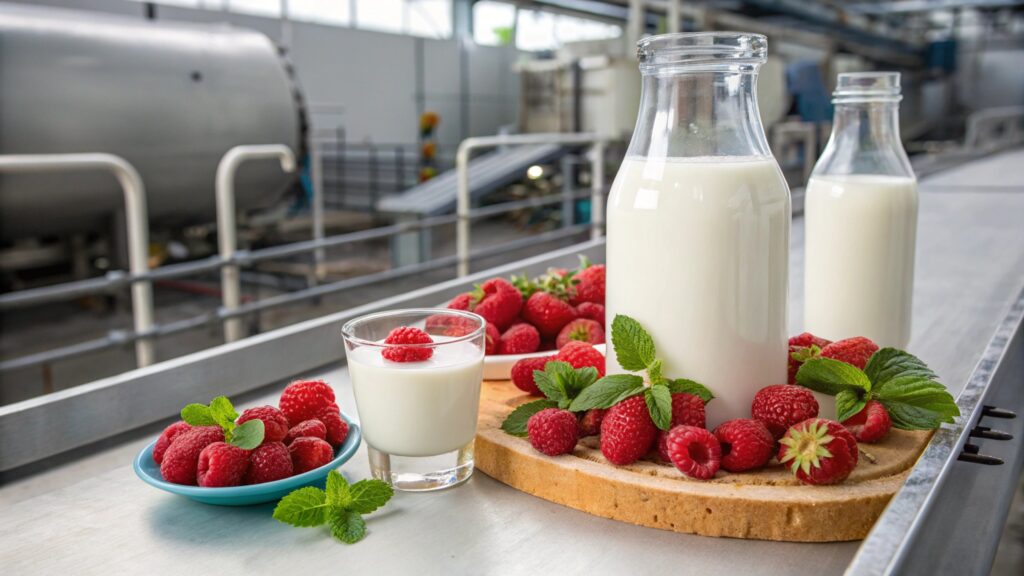
Reasons for Cooling
- Prevent Bacterial Growth: Stops surviving bacteria.
- Maintain Flavor: Prevents unwanted flavor changes.
- Extend Shelf Life: Keeps milk fresh longer.
- Safety: Reduces risk of spoilage and illness.
- Quality: Preserves taste and nutritional value.
- Regulations: Required by food safety standards.
Dive deeper Paragraph:
Cooling milk after pasteurization is essential for several reasons, all of which contribute to the safety and quality of the final product. Pasteurization effectively eliminates most harmful bacteria, but some heat-resistant bacteria may survive the process. Rapid cooling inhibits the growth of these remaining bacteria, preventing them from multiplying and spoiling the milk. Additionally, cooling helps to maintain the milk's flavor by preventing unwanted chemical reactions that can occur at higher temperatures. This ensures that the milk retains its fresh, clean taste and doesn't develop off-flavors. Finally, cooling extends the milk's shelf life, allowing it to be stored and consumed for a longer period.
Why is it Important to Cool Milk?
leading paragraph:
Why all the fuss about keeping milk cold?
snippet paragraph:
Cooling milk is important to slow down bacterial growth, maintain its fresh taste, and extend its shelf life. Without proper cooling, milk can spoil quickly and become unsafe to drink.
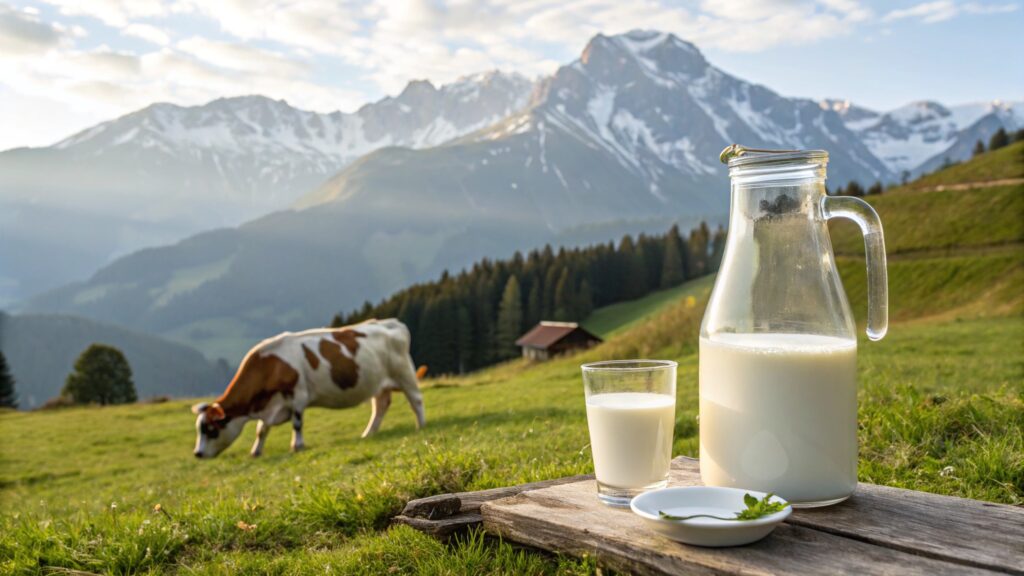
Benefits of Cooling Milk
- Slows Bacterial Growth: Prevents spoilage.
- Maintains Fresh Taste: Preserves flavor.
- Extends Shelf Life: Keeps milk fresh longer.
- Prevents Toxins: Inhibits harmful substances.
- Reduces enzymatic activity: Slows down natural processes.
- Maintains vitamin content: Protects nutrients.
Dive deeper Paragraph:
Cooling milk is of paramount importance for preserving its quality and ensuring its safety for consumption. Milk is a nutrient-rich food source, making it an ideal breeding ground for bacteria. Without proper cooling, bacteria can multiply rapidly, leading to spoilage and the production of harmful toxins. Cooling slows down bacterial growth, preventing spoilage and extending the milk's shelf life. Additionally, cooling helps to maintain the milk's fresh taste and prevents unwanted chemical reactions that can alter its flavor. By slowing down enzymatic activity, cooling also helps to preserve the milk's vitamin content and overall nutritional value.
What Happens if We Heat Pasteurization Milk?
leading paragraph:
What if you accidentally heat up pasteurized milk?
snippet paragraph:
Heating pasteurized milk won't make it unsafe, but it can affect the taste and quality. Overheating can cause the milk to scald, leading to a cooked flavor and potentially denaturing proteins.
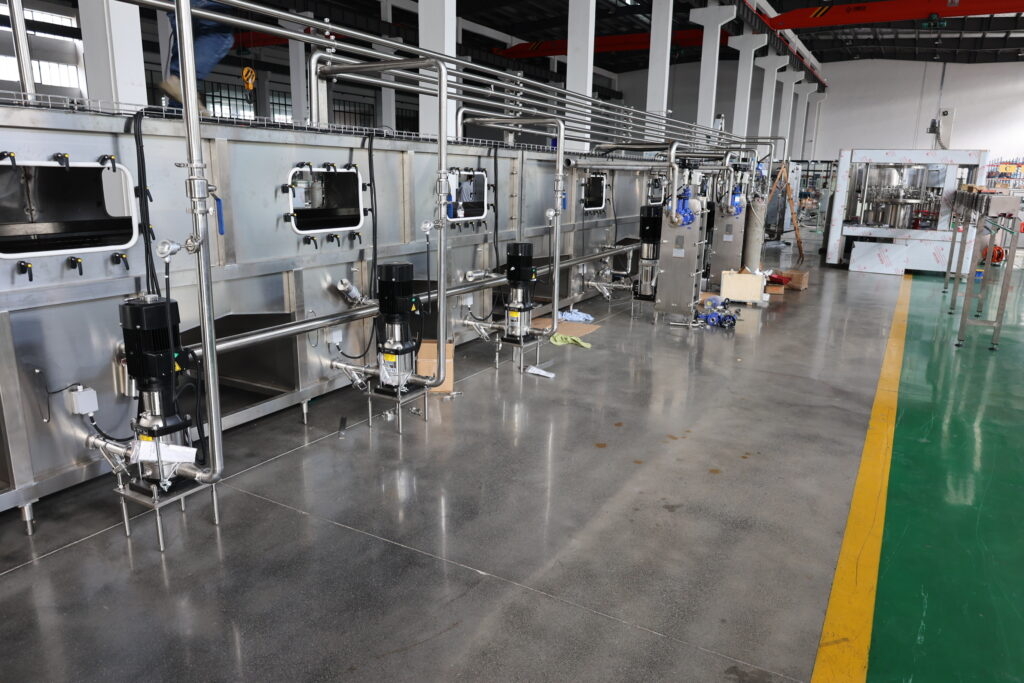
Effects of Heating Pasteurized Milk
- Flavor Changes: Can develop a cooked taste.
- Protein Denaturation: Alters the milk's structure.
- Scalding: Burning the milk.
- Maillard Reaction: Browning and flavor changes.
- Nutrient Loss: Degradation of some vitamins.
- Texture Changes: Potential for curdling.
Dive deeper Paragraph:
While heating pasteurized milk won't necessarily make it unsafe to drink, it can significantly impact its taste and quality. Overheating pasteurized milk can cause it to scald, resulting in a cooked or burnt flavor that is generally undesirable. The high temperatures can also lead to protein denaturation, altering the milk's structure and potentially affecting its texture. Additionally, heating pasteurized milk can trigger the Maillard reaction, a chemical reaction between amino acids and reducing sugars that can result in browning and further changes in flavor. While not harmful, these changes can diminish the milk's fresh, clean taste and make it less appealing to consumers.
Why Do We Need to Refrigerate Pasteurized Milk?
leading paragraph:
Why does milk need to live in the fridge?
snippet paragraph:
Refrigerating pasteurized milk is essential to slow down the growth of any remaining bacteria and prevent spoilage. This keeps the milk fresh, safe, and maintains its quality for a longer period.
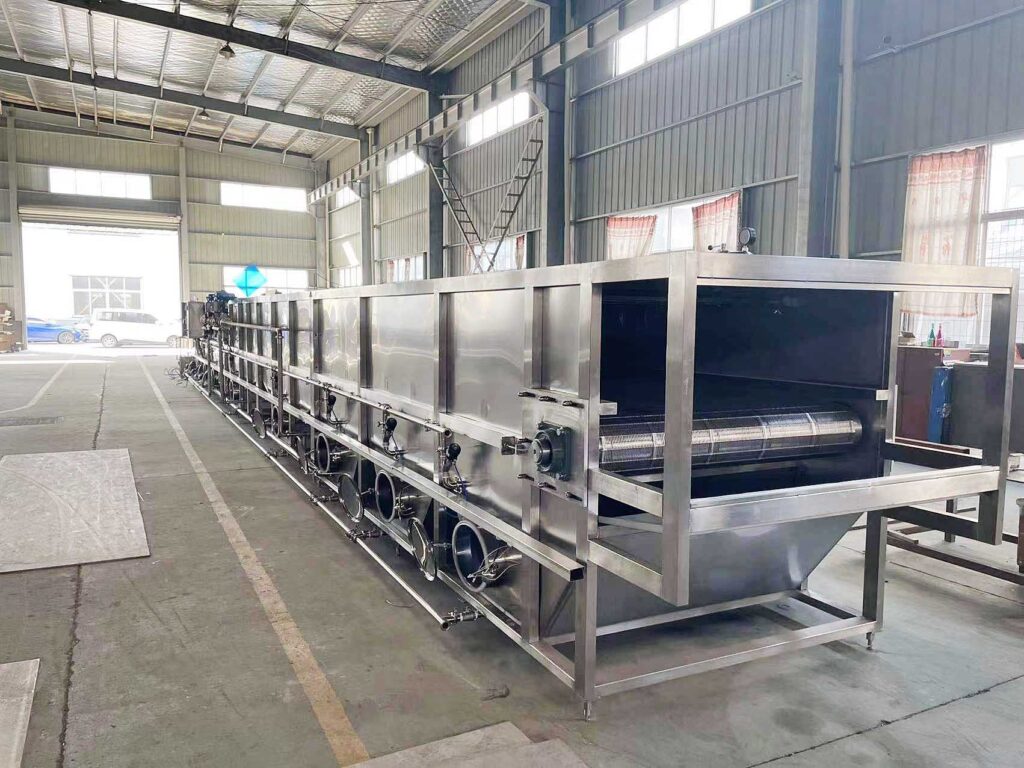
Benefits of Refrigeration
- Slows Bacterial Growth: Prevents spoilage.
- Maintains Quality: Preserves taste and texture.
- Extends Shelf Life: Keeps milk fresh longer.
- Food Safety: Reduces risk of foodborne illness.
- Preserves nutrients: Minimizes vitamin loss.
- Inhibits enzymatic reactions: Slows down degradation.
Dive deeper Paragraph:
Refrigerating pasteurized milk is crucial for maintaining its quality and ensuring its safety for consumption. While pasteurization eliminates most harmful bacteria, some may survive the process. Refrigeration slows down the growth of these remaining bacteria, preventing them from multiplying and spoiling the milk. This extends the milk's shelf life, allowing it to be stored and consumed for a longer period. Additionally, refrigeration helps to preserve the milk's taste and texture by slowing down enzymatic reactions and preventing unwanted chemical changes. By keeping the milk at a consistently low temperature, refrigeration minimizes the risk of foodborne illness and ensures that the milk remains a safe and nutritious food source.
Conclusion
So, remember to keep that milk cold! Cooling after pasteurization, and then refrigeration, is key for safe and tasty milk.
My name is Allen, and I'm an expert in filling machine technology at EQS (eqsfilling.com), a leading liquid packaging solution provider based in China. If you're looking for top-quality machines for your production line, feel free to reach out to me at [email protected]. We specialize in providing customizable solutions with cutting-edge technology.


